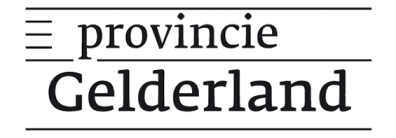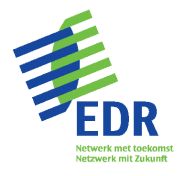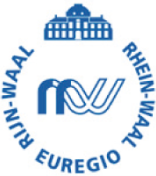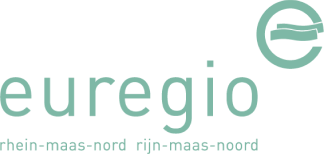What is Interreg?
The European Union set up Interreg in the 1990s as part of the structural funds in order to promote cross-border cooperation. Since then, the programme has led to closer cross-border cooperation across the European Union.
It is one of the main instruments used to implement the EU’s cohesion policy – in particular its regional policy, which is geared towards reducing development disparities between European regions and improving economic cohesion. Between 2021 and 2027, the EU will invest almost
8 billion euros in cross-border cooperation across Europe.
The Interreg programme is funded by the European Regional Development Fund (ERDF).
The sixth Interreg funding period began in 2021 and runs parallel to the EU budget cycle. That means that Interreg projects can be carried out until September 2029.
The sixth Interreg funding period began in 2021 and runs parallel to the EU budget cycle. That means that Interreg projects can be carried out until September 2029.
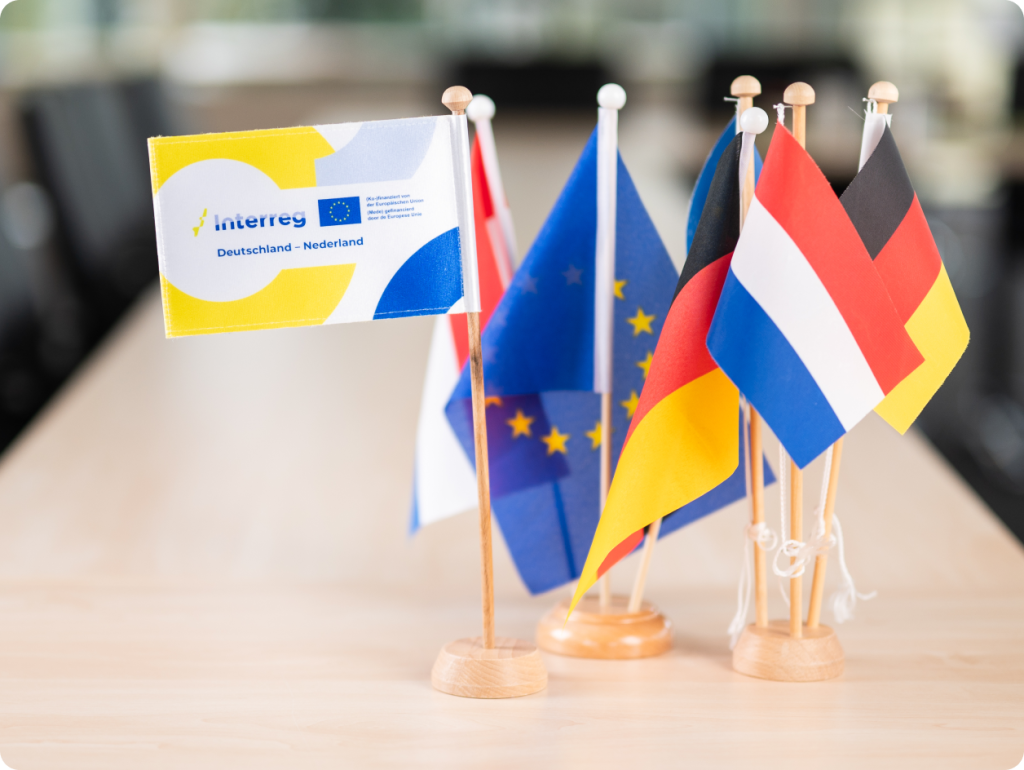
History of Interreg
Since its introduction in 1991, Interreg has been successful in the German-Dutch border region.
In its initial phase (until 1993), the programme mainly served to create personal connections between people, organisations and companies on both sides of the border. It also helped localise and fill in gaps in the cross-border infrastructure.
The four German-Dutch border regions (Ems Dollart Region, EUREGIO, Euregio Rhine-Waal, euregio rhine-meuse-north) were divided into four separate programme areas.
The second phase (INTERREG II, 1994-1999) was devoted to embedding the new partnerships more firmly in the regions and to improving the quality of the projects.
INTERREG III A (2000-2006)
INTERREG III A (2000-2006) enhanced cooperation between research and educational institutions and the business community on both sides of the border and also helped to establish networks.
The four separate programmes were combined into two programme areas. For example, EUREGIO, Euregio Rhine-Waal, and Euregio rhine-meuse-north participated in a joint programme.
The Ems Dollart Region’s programme was carried out in the northern border area (see “Programme area”). This closer cooperation between border regions made large-scale, multi-area projects possible.
INTERREG IV A (2007-2013)
INTERREG IV A (2007-2013) has continued along the same lines. Previously separate programme areas have been joined into a single programme area extending from the Wadden Sea to the Lower Rhine.
Much effort has gone into extending cross-border structures and networks and implementing key innovation projects.
INTERREG V
The INTERREG V programme proceeded in the same manner.
The simplified structure and focus on two priorities boosted innovation in the programme area and helped eliminate the barrier posed by the Dutch-German border.
One of the underlying aims was to achieve concrete, measurable results.
The current Interreg VI programme builds on this.
Important points in the context of cohesion policy 2021-2027 are, for example, the promotion of economic growth, employment, social inclusion and better cooperation in the border region.
Programme area and financial framework

The area covered by the Interreg programme Deutschland – Nederland extends from the Wadden Sea to the Lower Rhine and along a 460-kilometre-long border.
The programme area consists of parts of the German federal states of Lower Saxony and North Rhine-Westphalia and parts of the Dutch provinces of Friesland, Groningen, Drenthe, Flevoland, Overijssel, Gelderland, North Brabant and Limburg.
The European Commission will make approximately 225 million euros available from the European Regional Development Fund (ERDF) to the Interreg VI A programme Deutschland – Nederland 2021-2027.
National ministries, provinces and other regional and local organisations will also be making co-funding available. In total, almost half a billion euros will be available for cross-border projects until 2027.
The Interreg partners share joint responsibility for programme implementation.
Therefore, they concluded an agreement, which defines the powers and obligations regarding the implementation of the Interreg programme.
- Ministry of Economic Affairs, Industry, Climate Action and Energy of the State of North Rhine-Westphalia (Germany)
- Ministry of Economic Affairs (Netherlands)
- Niedersächsische Staatskanzlei (Germany)
- Province of Groningen (Netherlands)
- Province of Fryslân (Netherlands)
- Province of Drenthe (Netherlands)
- Province of Flevoland (Netherlands)
- Province of Overijssel (Netherlands)
- Province of Gelderland (Netherlands)
- Province of North-Brabant (Netherlands)
- Province of Limburg (Netherlands)
- Ems Dollart Region
- EUREGIO
- Euregio Rhine-Waal
- Euregio rhine-meuse-north
Socials
We in social media








